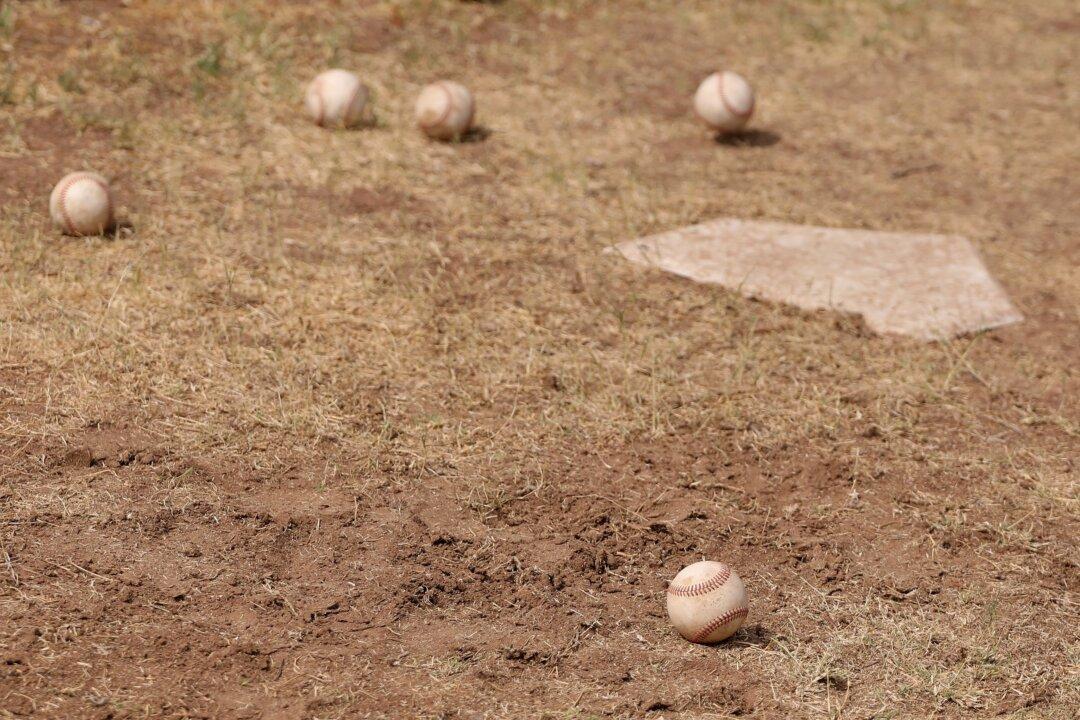Commentary
After a final week of intense negotiations, Major League Baseball (MLB) decided not to commit suicide and decided to actually “play ball.”

After a final week of intense negotiations, Major League Baseball (MLB) decided not to commit suicide and decided to actually “play ball.”